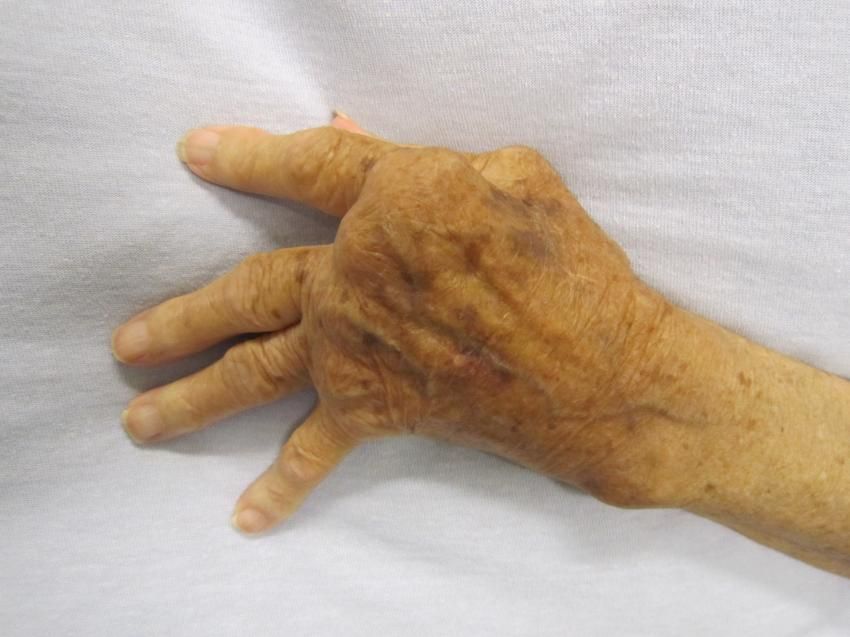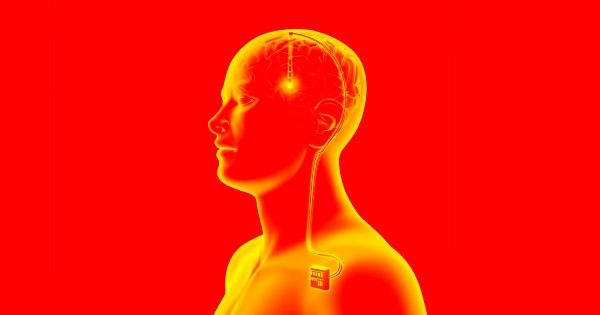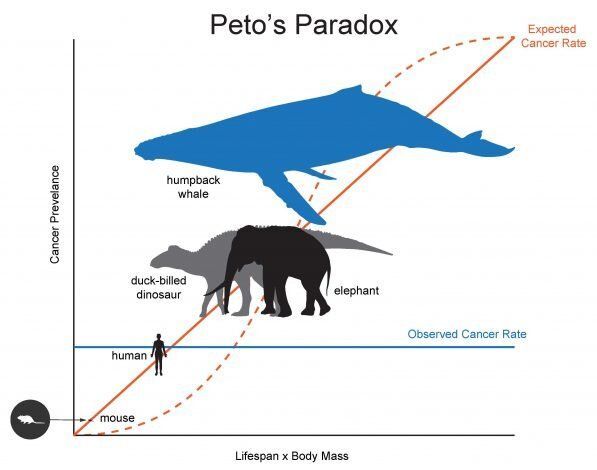We’re tantalizingly close to growing organs in the lab, but the biggest remaining challenge has been creating the fine networks of blood vessels required to keep them alive. Now researchers have shown that a common food dye could solve the problem.
In the US there are currently more than 100,000 people on organ transplant waiting lists. Even if you’re lucky enough to receive a replacement, you face a lifetime on immunosuppressant drugs. That’s why scientists have long dreamed of growing new organs from patients’ own cells, which could simultaneously tackle the shortage and the risk of organ rejection.
The field of tissue engineering has seen plenty of progress. Lab-grown skin has been medically available for decades, and more recently stem cells have been used to seed scaffolds—either built form synthetic materials or made by stripping cells from natural support structures—to reproduce more complex biological tissue.









